Going to the grocery store can be a costly affair. Many of us spend more than we need to without realizing it. Small habits can lead to big expenses over time. Recognizing these signs can help you save money. Here are some clues that you might be wasting hundreds at the grocery store every year.
Buying Name Brands Instead of Generics

Many name-brand products have generic counterparts that are just as good. You pay extra for the brand name, not necessarily better quality. Switching to store brands can save you a significant amount of money. Look for generic options next time and compare ingredients to see if there’s a difference.
Shopping Without a List

Without a list, you’re more likely to make impulse purchases. These unplanned items can quickly add up. Creating a list helps you stay focused on what you need. It also reduces the chances of forgetting essentials, which might lead to another trip and more spending.
Ignoring Sales and Discounts
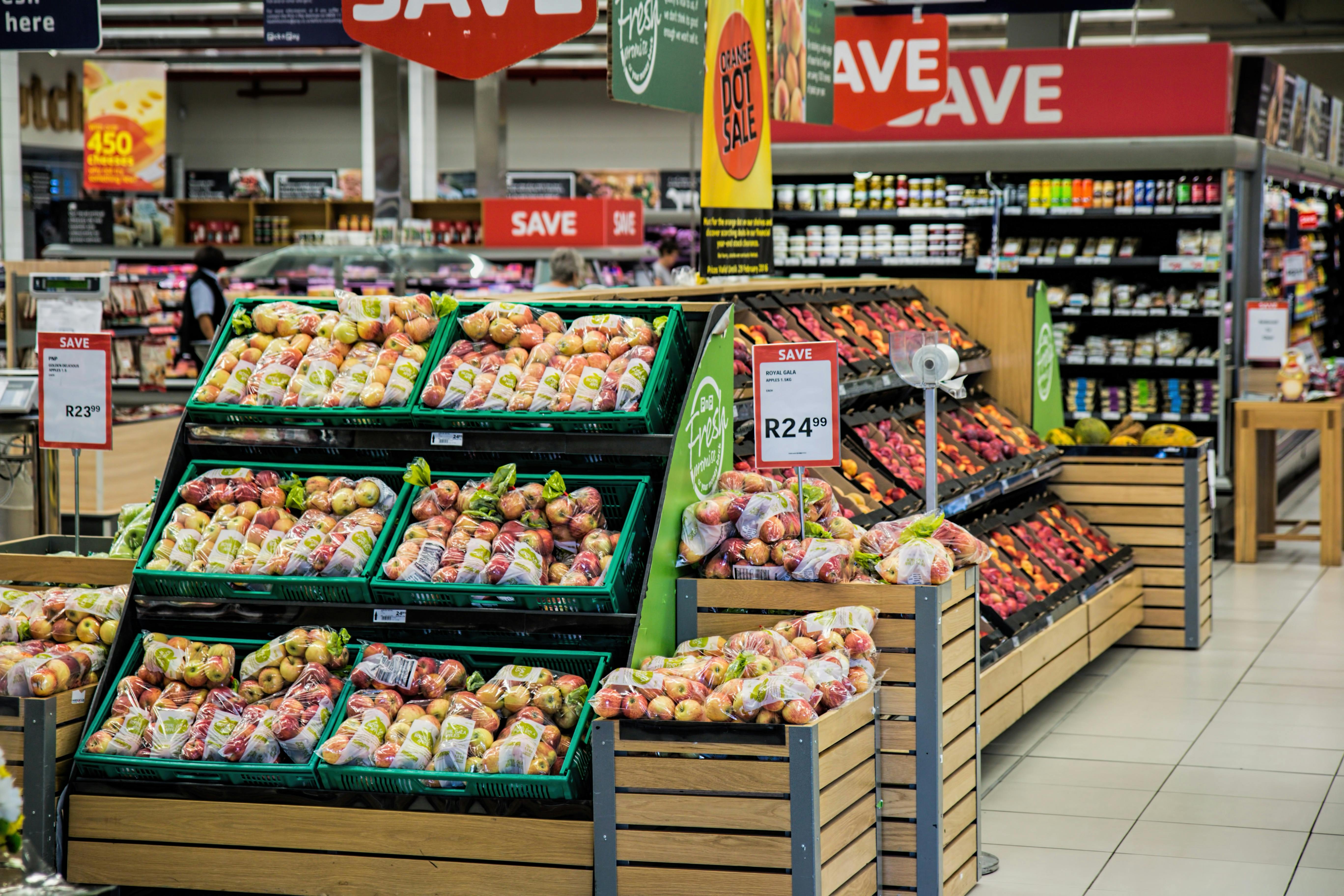
Sales and discounts are opportunities to save money on your regular purchases. If you ignore them, you miss out on potential savings. Check store flyers or apps for weekly deals. Stocking up on sale items can reduce your grocery bill significantly.
Buying Pre-Cut or Pre-Packaged Produce

Pre-cut fruits and vegetables are convenient but come at a premium price. The cost of convenience adds up over time. Buy whole produce and spend a few minutes cutting it yourself. This simple switch can lead to substantial savings.
Not Using a Loyalty Card

Many stores offer loyalty cards that provide discounts and rewards. Not using one means missing out on savings and special offers. Sign up for a loyalty card at your preferred grocery store. You’ll benefit from lower prices and earn rewards for future shopping.
Purchasing in Small Quantities

Buying smaller quantities often means paying more per unit. Larger packages usually offer better value. When possible, buy in bulk or larger sizes for items you use regularly. This approach can lower your overall grocery expenses.
Falling for Eye-Level Products

Products placed at eye level tend to be more expensive. Stores strategically place higher-priced items where you’re most likely to see them. Look at the shelves above and below eye level. You might find cheaper alternatives that are just as good.
Shopping When Hungry

Hunger can lead to impulse buying and choosing unhealthy snacks. You’re more likely to overspend when you shop on an empty stomach. Eat a meal or snack before heading to the store. This will help you make more rational purchasing decisions.
Ignoring Store Brands
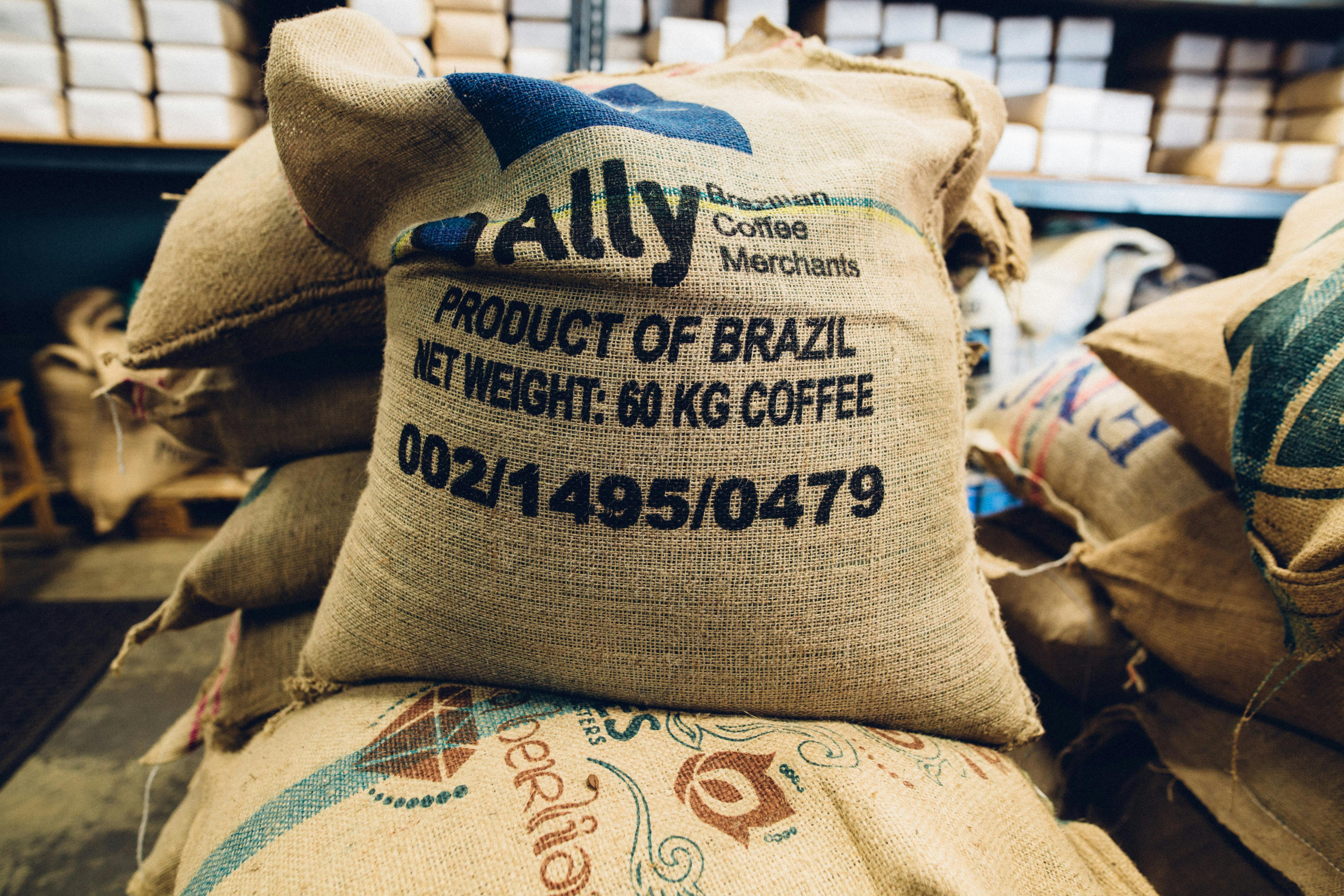
Store brands often provide the same quality as national brands at a lower price. Ignoring them means you’re paying more unnecessarily. Try switching to store brands for items like cereal, pasta, and cleaning supplies. You might be surprised by the quality and the savings.
Not Comparing Unit Prices

The price tag on an item doesn’t always tell the full story. Unit pricing helps you compare the cost per ounce, pound, or item. Take a moment to check the unit price, especially for packaged goods. It can help you choose the most cost-effective option.
Buying Too Many Perishables

Stocking up on perishables that you can’t consume before they spoil is wasteful. Rotten food is money down the drain. Plan your meals and buy only what you can realistically use. This reduces food waste and keeps your grocery costs in check.
Skipping Meal Planning

Without a meal plan, you might buy ingredients that don’t get used. This can lead to both waste and unnecessary spending. Spend a few minutes each week planning your meals. A good meal plan ensures you buy only what you need and helps you avoid last-minute takeout.
Not Taking Advantage of Coupons
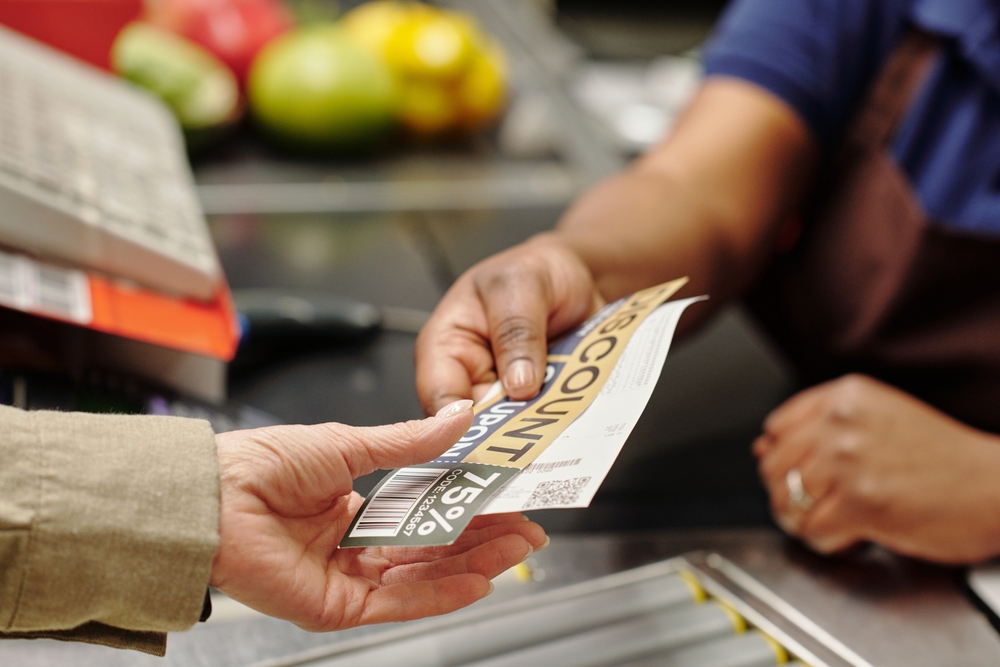
Coupons are a straightforward way to save money on groceries. Ignoring them means you’re missing out on easy savings. Take time to clip or download coupons before shopping. Use them on items you already plan to buy for maximum benefit.
Buying Expensive Cuts of Meat

Premium cuts of meat can significantly increase your grocery bill. Cheaper cuts can be just as delicious if cooked properly. Look for sales on meat and consider alternatives like chicken thighs or pork shoulder. These can be flavorful and cost much less.
Ignoring the Store’s Clearance Section
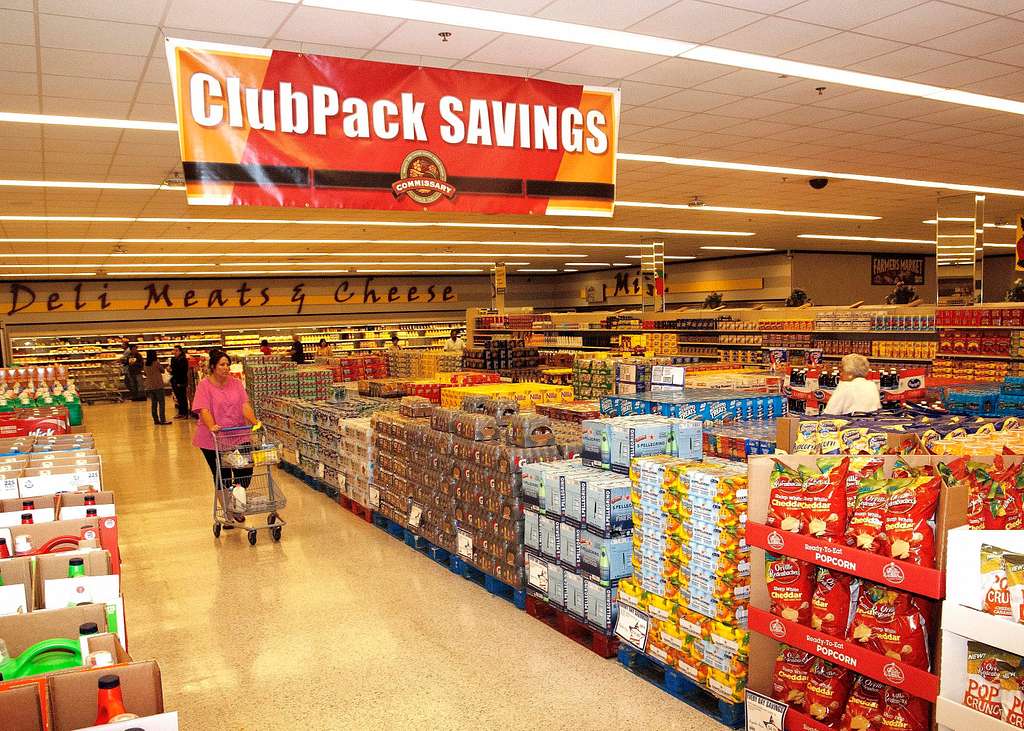
Clearance sections often have great deals on overstocked or soon-to-expire items. Ignoring this section means you’re missing out on bargains. Check the clearance aisle regularly. You might find significant discounts on items you frequently use.
Buying Bottled Water

Bottled water is a recurring expense that adds up over time. It’s often more expensive than tap water, especially if you have a filter. Invest in a good water filter and reusable bottles. This small change can lead to big savings and is better for the environment.
Purchasing Single-Serving Items
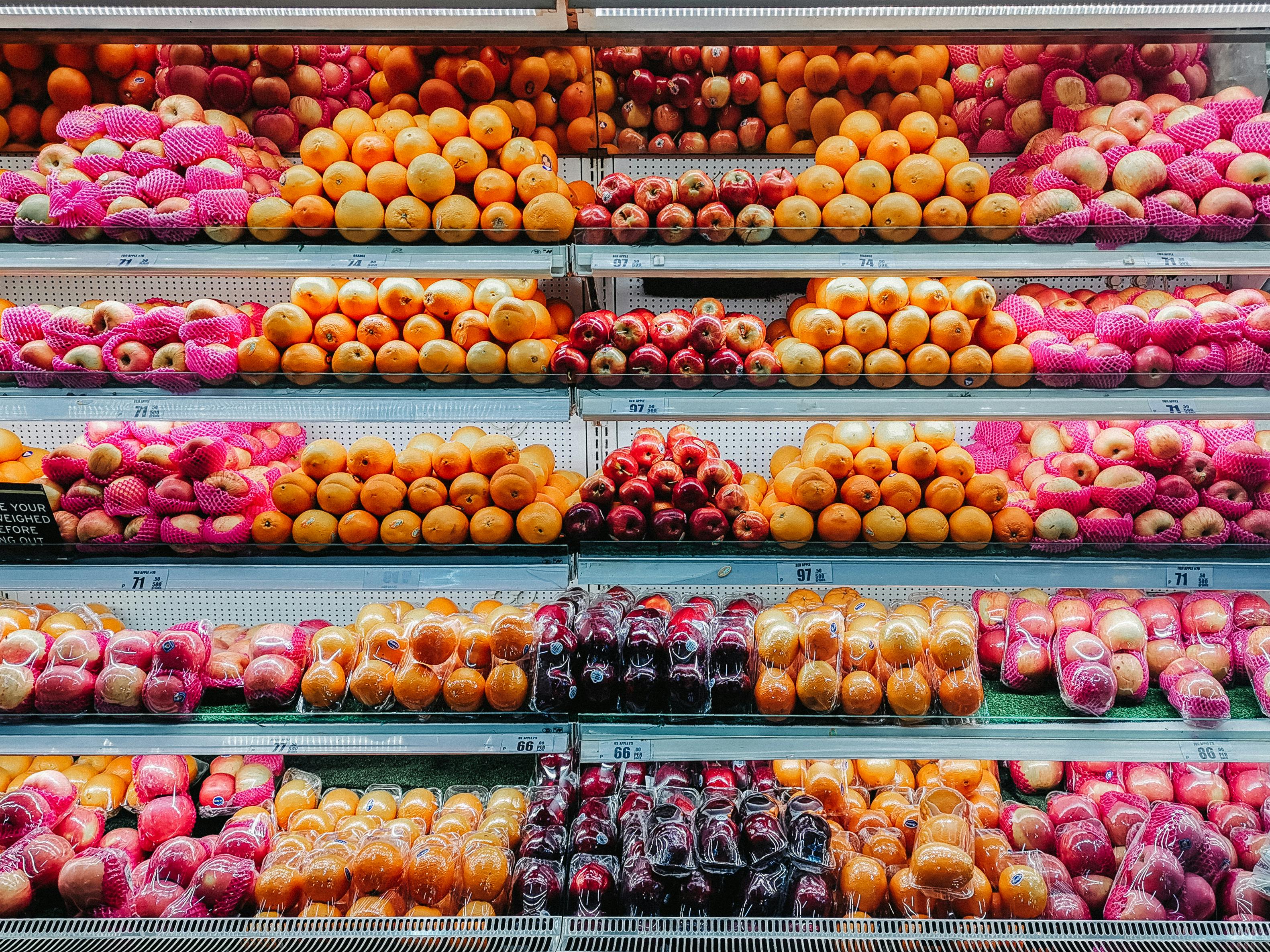
Single-serving items are convenient but come with a higher price tag. Buying in larger quantities and portioning them yourself saves money. Invest in reusable containers for snacks and meals. This approach reduces packaging waste and lowers costs.
Paying for Bagged Salads

Bagged salads offer convenience but are more expensive than whole heads of lettuce. The cost difference adds up over time. Buy whole vegetables and prepare your salads at home. You’ll get more for your money and fresher ingredients.
Buying from Convenience Stores

Convenience stores typically charge more for groceries than supermarkets. If you regularly shop at these stores, you’re likely overpaying. Plan your grocery trips to larger stores with better prices. It might take a bit more effort but will save you money.
Not Using a Budget

Shopping without a budget can lead to overspending. A budget helps you track your expenses and stay within your limits. Set a grocery budget each month and stick to it. This discipline helps you control spending and avoid financial surprises.
Ignoring Seasonal Produce

Out-of-season produce is often more expensive because it’s not locally sourced. Sticking to seasonal fruits and vegetables can save you money. Learn what’s in season in your area and plan your meals accordingly. This not only reduces costs but also ensures fresher, tastier produce.
Saving money at the grocery store is easier than you might think. By making a few simple changes, you can avoid wasting hundreds every year. Start with these tips and watch your savings grow. Every little bit counts towards a more mindful and budget-friendly shopping experience.
This article originally appeared on UnifyCosmos.
More from UnifyCosmos
22 Serene Wilderness Hikes in Asia’s Forests

Exploring the tranquil forests of Asia offers a unique opportunity to immerse oneself in some of the world’s most serene and pristine wilderness areas. Read more!
23 Fascinating Facts About Iconic Inventors and Their Creations
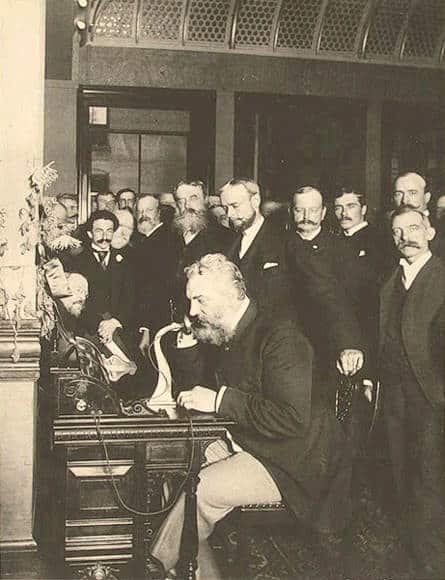
Discover the fascinating stories behind the innovations that continue to impact our daily lives. Read more!
21 Psychological Myths Debunked

In the vast landscape of psychological lore, numerous ‘facts’ are circulated and accepted without question. Read more!
Leave a Reply